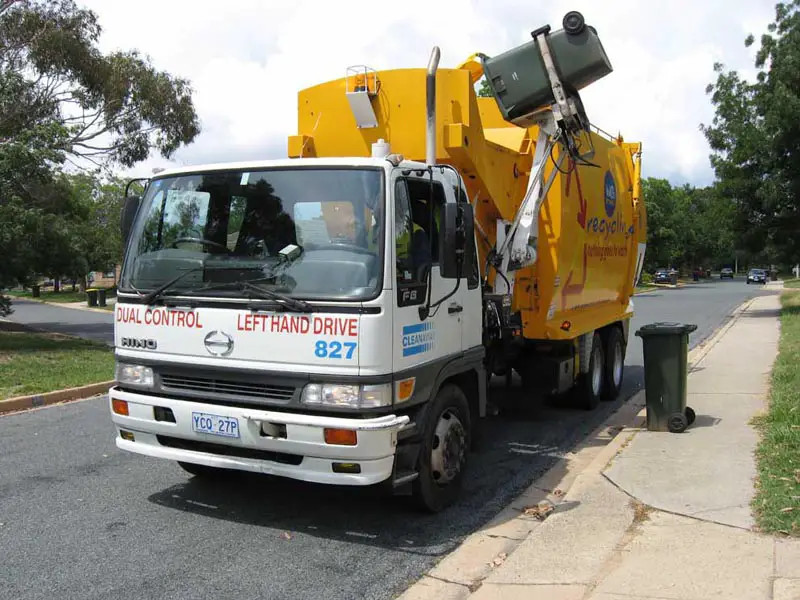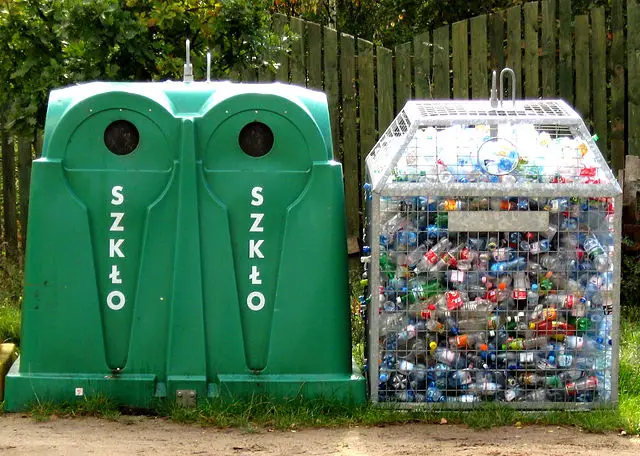Since mass production of goods was introduced, the world has had a problem with waste. Products began to be very cheap to buy and people started thinking it was easier to throw something away and just buy a new replacement.
This has caused an increasing amount of materials ending up in landfills. Some of the material never degrades. Companies have discovered ways of reusing some of these materials and have made a fortune doing so. They started a campaign to encourage people to recycle rather than to put everything in the garbage.
The Depression and WWII
The Great Depression of the 1930s and during the 1940s when WWII was raging in many parts of the world, products and material were scarce, and people found themselves without jobs. Many things were rationed, such as metals, nylon, and rubber because they were needed for the war effort. Recycling and reusing things became standard practice because money was in short supply.

Post-war Years
After WWII, there was an economic boom and the practice of recycling faded. It wasn’t until the 1960s and 1970s that people started to be made aware of conserving the environment by reducing waste.
Today, recycling is an accepted practice and cities and countries have made recycling laws so that certain materials don’t find their way into landfills.
Receptacles are designated for certain recyclable materials to make it easy for the population to recycle their trash. However, not everyone is doing this and it is a major problem for some cities, especially in underdeveloped countries.
Challenges to Recycling
For the past 30 years, China was the world’s receiver of recyclable materials. The business of recycling was profitable because of the cheap labour market in China. As an example, the U.S. and other countries shipped over 10 million metric tons of plastic to China to be repurposed.
The cost of handling, sorting, and repurposing recyclables has escalated and China decided it was an economic burden to the country. As a result, China changed the rules that would restrict what China will accept. In 2017, China shut its doors and refused to accept recyclables from other countries. This left the U.S. and other countries to deal with their unwanted paper, plastics, and glass on their own.

The recycling plants in the U.S. and other countries are able to only recycle a fraction of the recyclable materials they are faced with. Recycling costs money, labour, and resources. Profits depend on the cost of recycling versus the cost of producing new materials, and when new materials are cheaper than recycling, companies choose new. This leaves a dilemma about what to do with recycled materials.
Thankfully, new processing plants are being built in the U.S. Automation and innovations are being tested. New advanced machines are being deployed to sort materials using optical recognition technology to separate recyclable material from non-recyclable. As well, air blasted along conveyor belts of recyclable materials can sort according to weight and structure.
These innovations will make sorting more efficient and less costly and encourage companies to buy the recyclable materials for the new products they produce.

Questions:
- Why did people in the depression of the 1930s and 1940s start recycling?
- What happened to the habit of recycling after WWII?
- For the last 30 years, where has waste materials been sent for recycling?
- What did China do in 2017 to shift the onus of recycling to the home countries?
- What are U.S. companies doing to help the recycling processes?

Answers:
- During the depression of the 1930s and 1940s, people were losing jobs and money was scarce so they had to reuse whatever they could.
- After WWII, people started to become more affluent and could buy new things instead of reusing old materials.
- For the last 30 years, China has accepted the majority of the world’s trash and sorted it and reprocessed the reclaimed materials.
- In 2017, China closed its doors to accepting waste material for recycling.
- S. companies are exploring and testing new innovative ways to process recyclables, such as optical recognition technology to sort materials according to size and type.